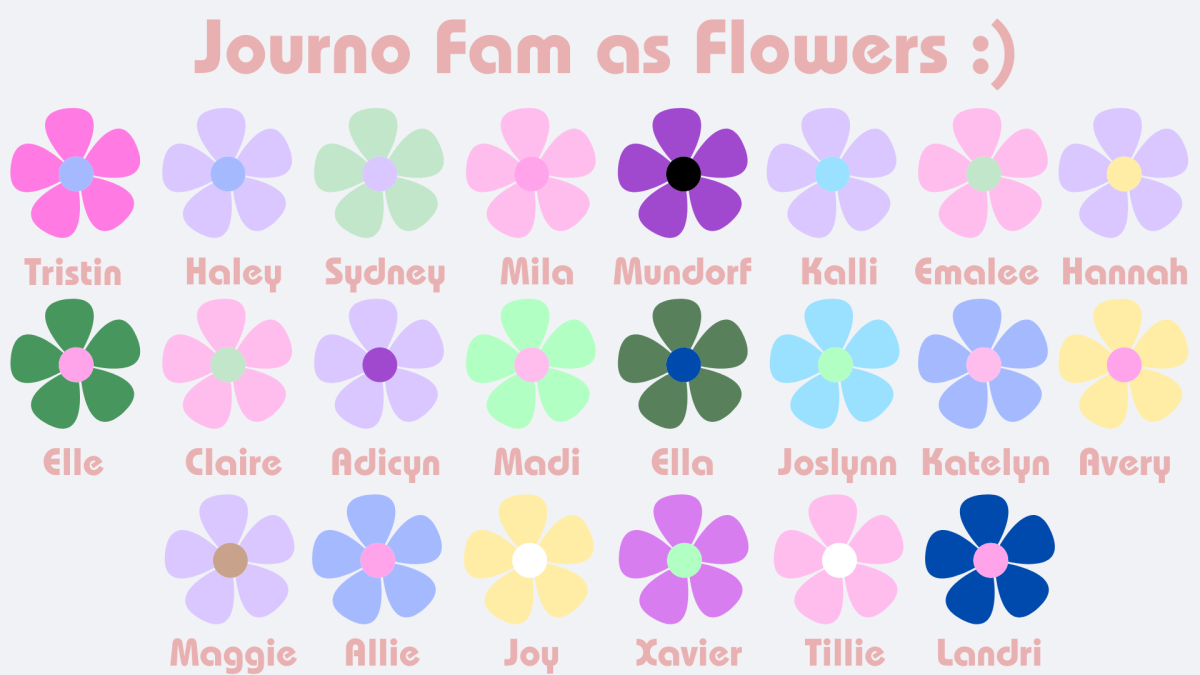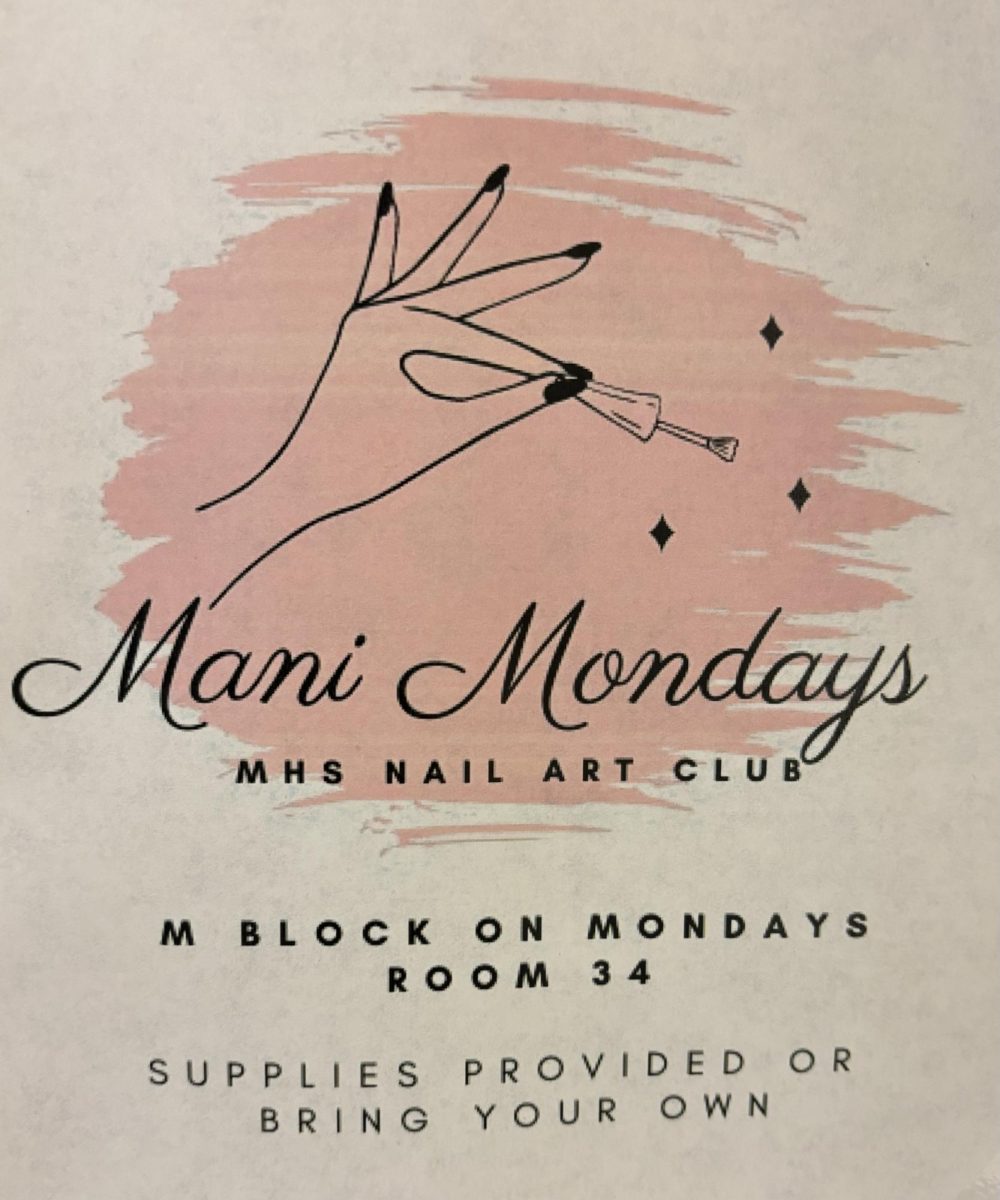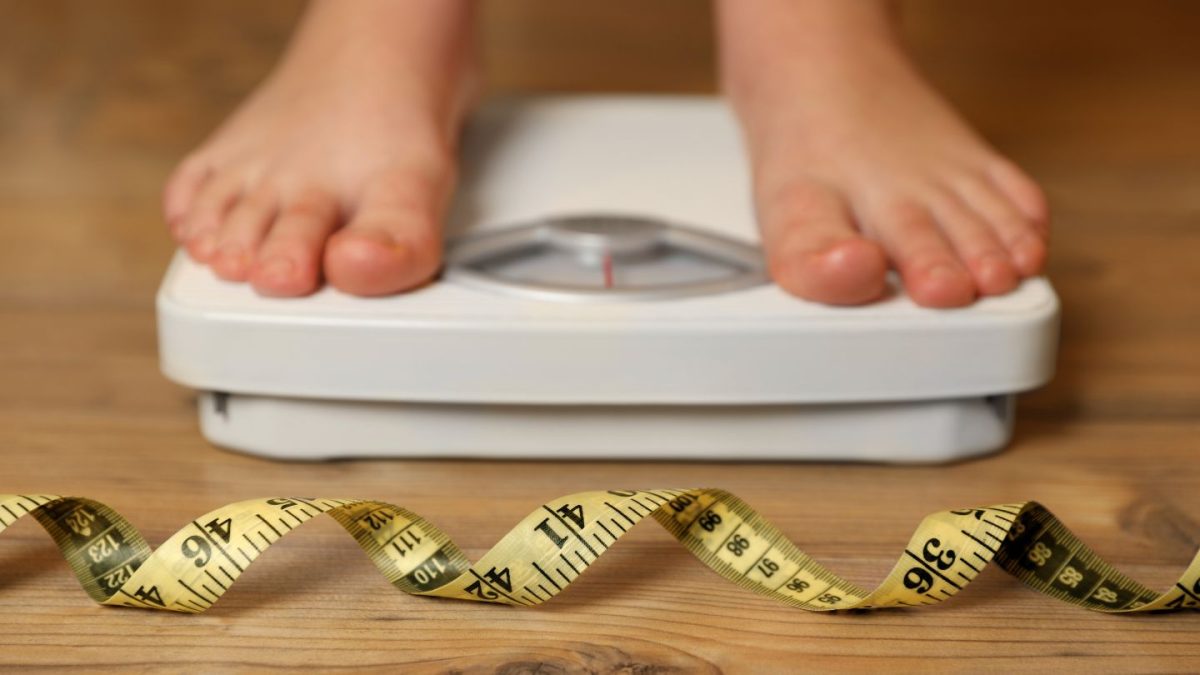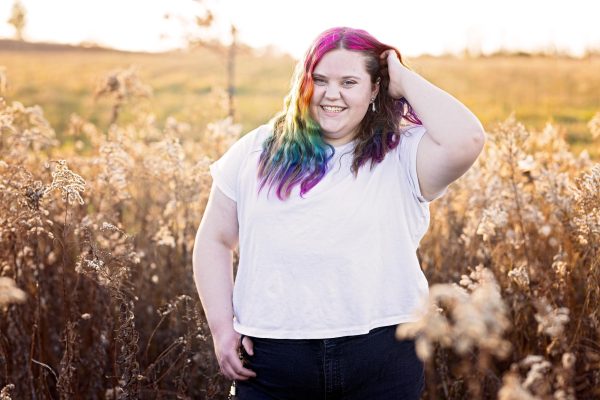$400 million was recently spent to prevent people from death by suicide in San Francisco, specifically off the Golden Gate Bridge, but it shouldn’t have been spent on that. Notice I said “prevent people from death by suicide off the Golden Gate Bridge,” not “prevent people from attempting suicide” or “prevent people from wanting to kill themselves.” This is because the steel nets that were built onto the Golden Gate Bridge won’t keep people from jumping, it’ll only keep people from jumping in that location. For the people who choose to go with guns, hanging, poisoning, drugs or alcohol, carbon monoxide, vehicle collision, et cetera… nets on a bridge aren’t going to help.
The Suicide Deterrent System on the Golden Gate Bridge started construction in 2018 and finished a few months ago. The net is made of steel and is 20 feet below the sidewalk, extending 20 feet away from the bridge. It spans 1.7 miles along most of the structure. Some say the problem is that if someone were really determined to take their life, they could jump to the net and then into the water from there, but falling from 20 feet onto hard steel will either be fatal or will severely injure someone enough to make it very difficult for them to continue with their plan; it mainly depends on how one was to jump. Some people complain about how it’s ugly, and they’re not entirely wrong. However, the real problem is that the individuals behind this project think it’s necessary or helpful in the first place. Approximately 30 people each year die from jumping off the bridge, according to the Golden Gate Bridge Highway and Transportation District. More than 50,000 people died by suicide in 2023, meaning that supposedly around .06% of deaths were off the bridge. Harvard’s School of Public Health claims that the most common method of suicide is the usage of a firearm (52%), while falling or jumping from heights is at a much lower percentage (2%). 30 human lives a year is devastating. Nets on the bridge aren’t going to prevent those 30 people from attempting to take their lives if they have access to other methods. We need better prevention techniques to help those 30 people before it gets to the point where they believe that this world would be better off without them.
That $400 million should have been spent on affordable mental health resources and counseling, substance abuse treatment, and gun control. Accessible resources reduce barriers to seeking help for people experiencing mental health struggles. It provides them with a plethora of coping mechanisms and strategies to manage emotional difficulties and triggers, which reduces the risk of suicidal ideation. As far as substance abuse treatment goes, drugs and alcohol can not only be their own method of self-harm but can exacerbate suicidal tendencies, and providing more accessible treatment for this can reduce the risk of self-harm and active thoughts of death. Then, the most controversial of the three: we need better gun control regulations, especially for people who are in periods of emotional distress or who have mental health struggles. Studies have shown a strong correlation between firearm availability and suicide rates, especially in regions with gun laws that are more lax. Implementing stricter background checks, mental health screenings, and safe storage requirements can reduce the number of firearm-related deaths in general.
I am very lucky to be able to say that I have recovered from the depression that controlled my life in 2021. It was a slow process that involved lots of therapy, learning about coping skills, relapses, hard nights, and self-acceptance. Recovery does not come easy, and one truly can’t do it alone. I didn’t need a net on the First Avenue bridge; I needed human support to get me back on my feet. Going to therapy used to be the biggest secret in my life, but now I proudly express that I still attend therapy, and finding the right therapist has helped me immensely. My experience with depression is not unique, and I am incredibly thankful that I was able to reach out for help before it got worse and before I seriously contemplated taking my life. But, from my experience, when one is in that situation, it feels like society doesn’t care that someone’s depressed until they’re attempting to kill themselves. From the outside looking in, the installation of these nets makes it look like San Francisco officials don’t care if someone attempts, as long as it’s not on the Golden Gate. This certainly wasn’t the intention, as one of the leaders of the project, Kevin Hines, is one of about 40 people who survived a suicide attempt off of the bridge, according to AP News. Despite this, the installation of the nets is going to be useless in helping passively depressed people, which is why San Francisco needs to stop focusing on suicide redirection, and instead focus on suicide prevention.
The recent allocation of $400 million towards the construction of suicide prevention nets on the Golden Gate Bridge may have been well-intentioned, but it misses the mark completely when it comes to addressing the broader issue of suicide prevention. It overlooks the diverse ways that someone can take their life, and the reality is that preventing one from attempting to kill themself requires personalized and varied methods to work the way that the city wants the nets to. The government needs to invest its resources in initiatives that address the roots of suicidal ideation. We need to work together to create a society that understands realistic approaches to treating active thoughts of death and where one can receive the support they need long before they’re standing at the edge or have a gun or pills in their hand.















